Annual Report 2023
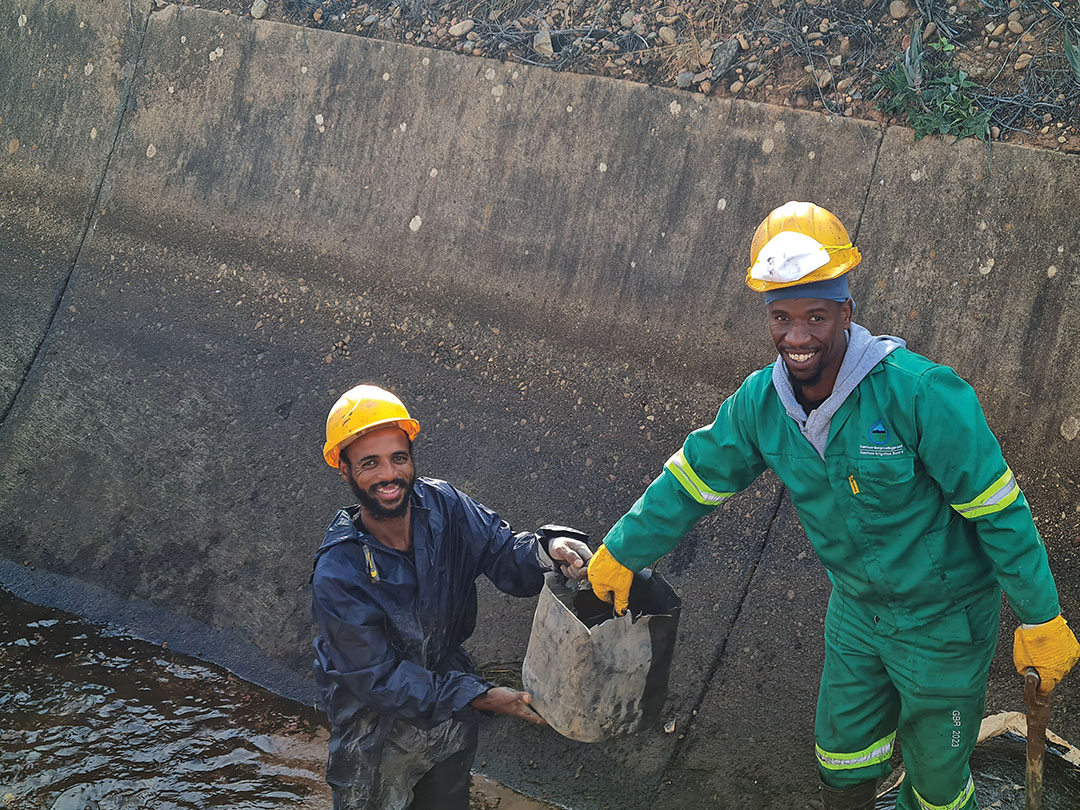
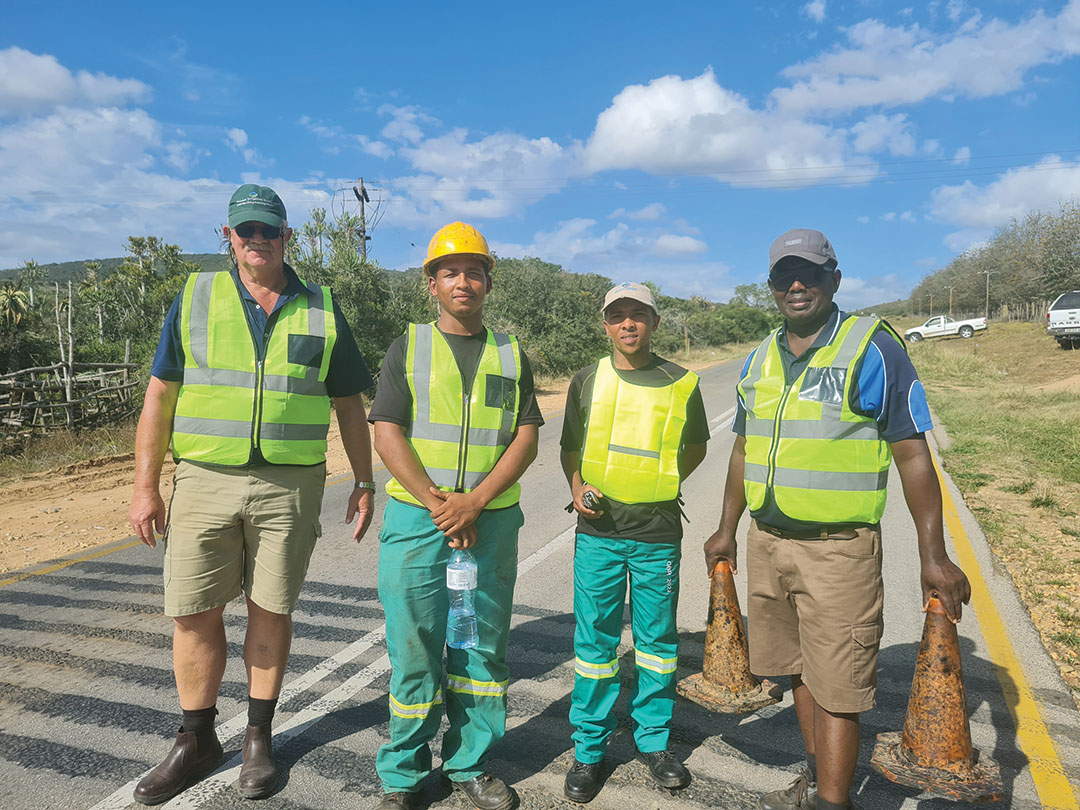
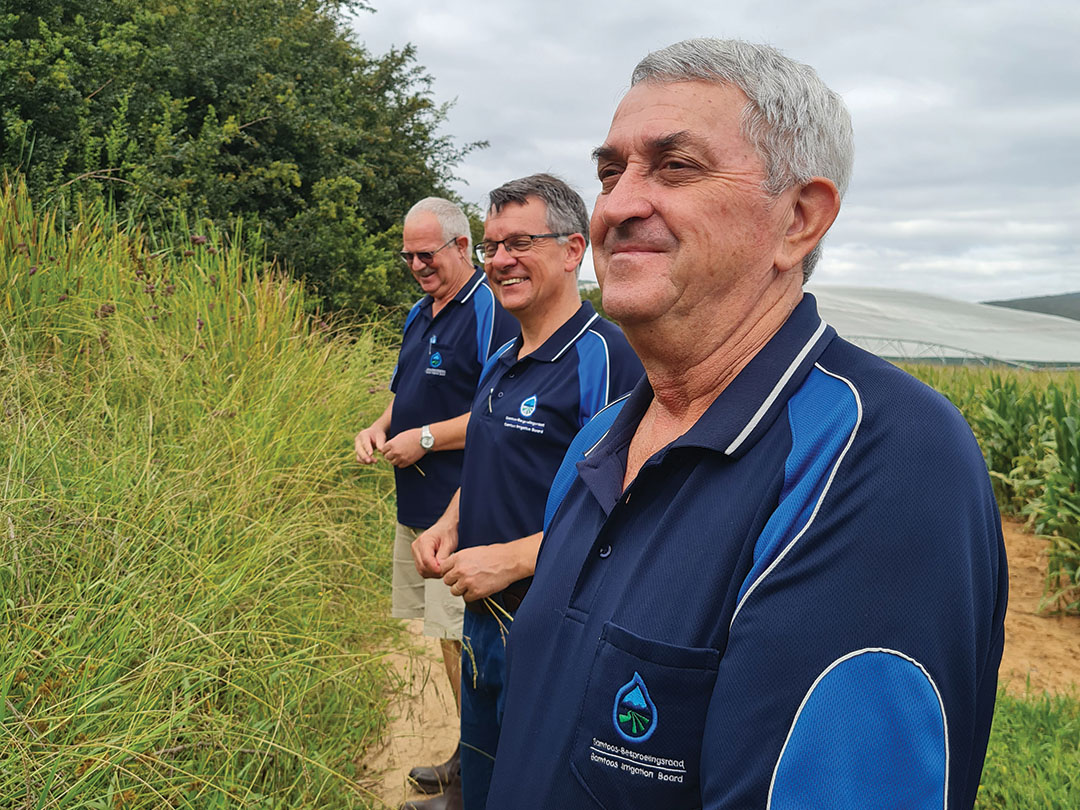
We are grateful for a full dam as it represents hope.
Recognition must be given to the water user community of the Gamtoos Valley who, while enduring very difficult circumstances and at the expense of farming activities, made plans to survive amid the extremely high level of water restrictions over the past eight years.
The reality around the Gamtoos Valley remains as follows: The farming community produces food and brings in foreign revenue. It is also the primary employer, and, in a country with an unemployment rate of more than 30%, the importance of a farmer who puts food on tables cannot be underestimated.
One of the biggest challenges agricultural users in South Africa have to contend with is the state of our power grid. The availability of power and transport networks is among the biggest threats to sustainable farming in South Africa at present.

Kouga Dam is overflowing! The knowledge that there is water has lifted the spirits of our water users and community members.
With sustained rainfall in the catchment area, the dam level has risen dramatically since 1 March.
Low water levels and high restrictions have put extraordinary pressure on our water users over the last eight years.
During 2022/2023, efforts were made to limit costs in order to accommodate the economic situation in the Gamtoos Valley. The need for maintenance will always be much greater than the funds we have available for it. It therefore requires careful planning to get this balance right.
The implementation contract with the Department of Forestry, Fisheries and the Environment was completed at the end of March. The surplus value received from this contract gave the Gamtoos Irrigation Board the opportunity to carry out considerable maintenance, which would not have been the case with a normal budget.
The process around conversion to a water users association has been completed, and the Board will soon enter a transition period during which organisational steps will be taken to finalise it.
Our staff are our greatest asset. They ensure that operational work runs like clockwork. They are dedicated and conscientious. Two important principles form the building blocks of personnel management: New staff are taken in and promoted through the system from ground level, and a strict disciplinary code sets the necessary boundaries for misconduct.
The management team works well together, and each person in higher management brings specialist knowledge to the table to address and solve problems as far as possible.
For the first time since 1999, the Board has entered a financial year in which there is no promise of any work as an implementer for the Department of Forestry, Fisheries and the Environment. Tenders for the new financial year have been delivered, but it is a challenge for the Department to complete the tender process. This has a significant impact on the increase in water tax. Staff numbers have been reduced and all activities around Working for Water have been stopped. There is no certainty as to when these processes will be finalised.
Board members selflessly volunteer their time. These individuals have built up exceptional knowledge of water management and water legislation over the years. They provide important input that shapes strategy. They are individuals with high moral standards and integrity, and provide leadership in an impartial manner for the benefit of the water users and wider community.
The Board in terms of the 1956 Water Act consists of the following members:
- Ward 1 (Patensie): SG Ferreira and Marthinus Colesky;
- Ward 2 (Hankey): Khaya Katoo;
- Ward 3 (Loerie): Manus Meyer and Adele Bain.
Pietie Ferreira (PL) resigned during the year and Noelie le Roux was co-opted in his place.
The Department of Water and Sanitation is also part of the Board. A new transitional board has been identified and is currently operational for the purpose of facilitating the transition to the new entity.
The environment in which organisations such as the Gamtoos Irrigation Board must exist is becoming more and more challenging. Economic challenges for our consumers, legislation and the cost of maintenance require initiative and perseverance. However, it becomes clearer, year after year, that an entity like ours remains relevant not only for our water users but also for the broader community.

The Board is passionate about the development of its personnel.
Jacques Erasmus, who was recruited for the purpose of fitting and turning in our workshop, has completed his apprenticeship.
Several of our young entry-level staff earned their code 14 driving licences during the year.


Transformation into a Water Users Association
The Gamtoos Irrigation Board was proclaimed as an irrigation board in 1991, and is a statutory body under the National Water Act of 1956. The intention of the National Water Act of 1998 was, among other things, that irrigation boards be converted into water users associations within six months after the 1998 Act was proclaimed.
The primary purpose of a water users association (WUA) is to manage water in a specific area at grassroots level. It takes the legal form of a co-operative association of individual water users who undertake water-related activities for the benefit of all.
The process of transforming into a WUA was once again started in 2021/2022. Two adjacent catchment areas have also indicated a desire to form part of the new WUA. These are the Baviaanskloof and Kabeljous catchment areas.
An interim committee was identified during the year, which worked together to draw up the constitution of the new WUA. The constitution was submitted to the Department of Water and Sanitation on 26 May, and was provisionally accepted by the regional department. It was submitted to the Minister and approved on 26 September, and the Gamtoos Irrigation Board will now enter a period of transition. This process will be facilitated by the interim committee.
The boundaries of the new WUA, which will be known as Gamtoos Water, are defined along sub-catchment boundaries. The following sub-catchments therefore form part of the new entity:
Gamtoos (L90A-C and L82J) Sub-Area 1
Baviaanskloof (L81A-D and L82H) Sub-Area 2
Kabeljous (L90G) Sub-Area 3
All who have a legal right to use water within these sub-catchment boundaries will be required to be a member of the water users association. Each entity with a water use entitlement or entitlements will be entitled to one vote in the general meeting.
The new management committee will consist of the following voting rights:
- Sub-Area 1: 6 Votes
- 2 Votes for Patensie
- 2 Votes for Hankey
- 2 Votes for Loerie
- Sub-Area 2: 3 Votes
- Sub-Area 3: 3 Votes
- Emerging small farmers and/or Cooperative Associations: 3 Votes
- Committee member from Industry: 1 Vote
- Committee member from the Environment: 2 Votes
- Kouga Municipality: 1 Vote
- Nelson Mandela Bay Municipality: 1 Vote
- Department of Correctional Services: 1 Vote
- Catchment Management Agency: Observer
- Department of Agriculture: Observer
This was a long and intense process, the result of which has been well thought out. The Board in its new form will serve three areas with diverse needs. It also represents the face of water use management.
The Gamtoos Valley involves the management of a state water scheme with a complex infrastructure as well as cost structure. Water users in the Baviaans and Kabeljous areas have a need to belong to an overarching structure that is water legal, but also understands the operation of the department in order to provide advice about and answers to daily water challenges.
This is an important time in the history of water management in the Gamtoos Valley, and we are excited to bring in two catchment areas of fellow water users.
Water Restrictions 2022/2023
Agricultural water users receive 60.188 million cubic metres of water from the Kouga Dam during a normal 100% allocation year. Hankey and Patensie municipalities also receive an allocation, as does the Nelson Mandela Bay Municipality. During a full quota year, this equals 23 million cubic metres of water.
The agricultural users were limited by 80% during the 2022/2023 water year. The Kouga Municipality was limited by 40%. The other sources of the Algoa system were limited by 40% and the Metro was limited by 35% from Loerie Dam.
This is the seventh consecutive year that our scheme’s users have had their water quota restricted.
The land use profile changed significantly during the drought and a recent study revealed the following:
| Citrus | 7 268.50 hectares |
| Cash crops | 1 547.16 hectares |
| Perennial pastures | 3 154.95 hectares |
| Blueberries | 24.37 hectares |
| Fallow land | 11.12 hectares |
| Feedlot | 0.267 hectares |
| Total | 12 006.37 hectares |
During the last water year, few, if any, groundwater sources were developed.
The level of Kouga Dam was 3.89% on 22 July 2021. This is the lowest it has ever been.
The allocation of 20% to agricultural users and 65% to the Metro allowed the scheme to run full time for the first time in two years. Although water losses are still significant at this low volume, it is still more effective if the scheme always has water in it. Though the full-quota allocation from the Kouga Dam to agricultural users is higher than the Metro, in this water year the Metro received more in volume than the agricultural user.
During 2022/2023, the water year was adjusted by the department from 1 June to 31 May.
By the end of June 2023, water users had used 95.35% of the 20% quota. Losses during the water year were 13.6%. This is about 3.9 million cubic metres on 28.8 million cubic metres of discharge.
| Year | Kouga Dam level on 30 June | Allocation for the water year |
| 2023 | 23.01% | 35% |
| 2022 | 15.37% | 20% |
| 2021 | 4.19% | 15% |
| 2020 | 7.11% | 20% |
| 2019 | 44.98% | 85% |
| 2018 | 7.89% | 40% |
| 2017 | 18.65% | 40% |
| 2016 | 68.03% | 100% |
| 2015 | 100.27% | 100% |
| 2014 | 88.97% | 100% |
| 2013 | 87.18% | 100% |
| 2012 | 87.96% | 100% |
| 2011 | 100.93% | 100% |
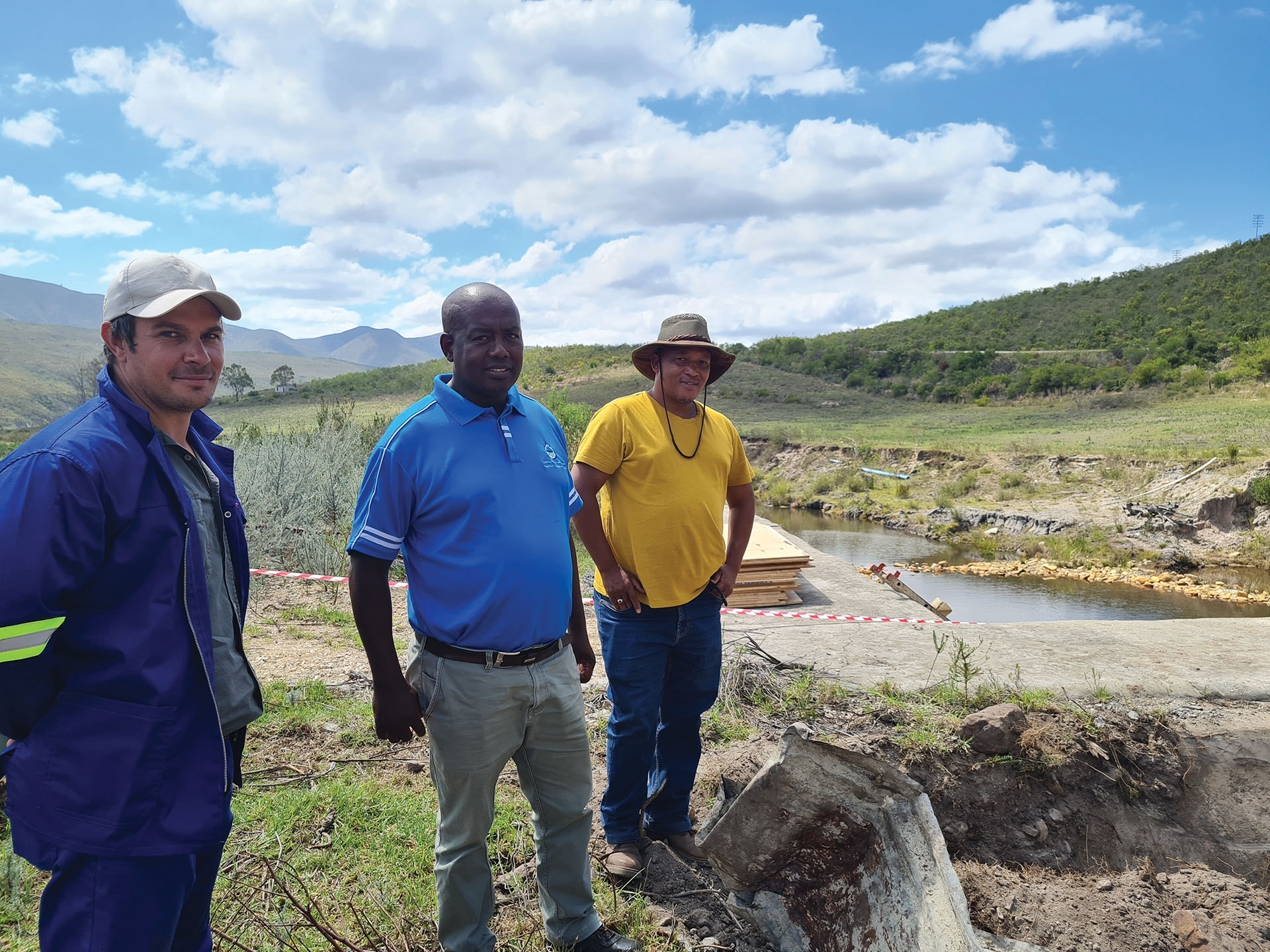
Operational Health
The dry period during June each year is the most important event for our scheme. There is always good planning for that, though the rain during 2023 posed special challenges to this planning. Nevertheless, most of the planned work was completed and where the wet weather forced us to change our planning, we identified other challenges on the scheme and still made optimal use of the two weeks during which our canal was without water.
The scheme is getting older, and is already past its lifespan. It is a reality that it will not be replaced by rebuilding it, as the costs involved are enormous. It is therefore important to carry out thorough daily
maintenance on the scheme. It was found that the branch canals are in a particularly poor condition.
In terms of planning, special maintenance must be done on all branch canals within the next few years. During the 2023 dry period, maintenance of the B canal was completed. Special maintenance has also been done on most of the Loerie section over the past three years. These black canals, which largely consist of a rubber layer that is painted over the cement, after the cracks have been treated with a flexible seal, are easy to clean, and their maintenance is minimal compared to the traditional cement canals.
However, this also has a cost implication in terms of the budget.
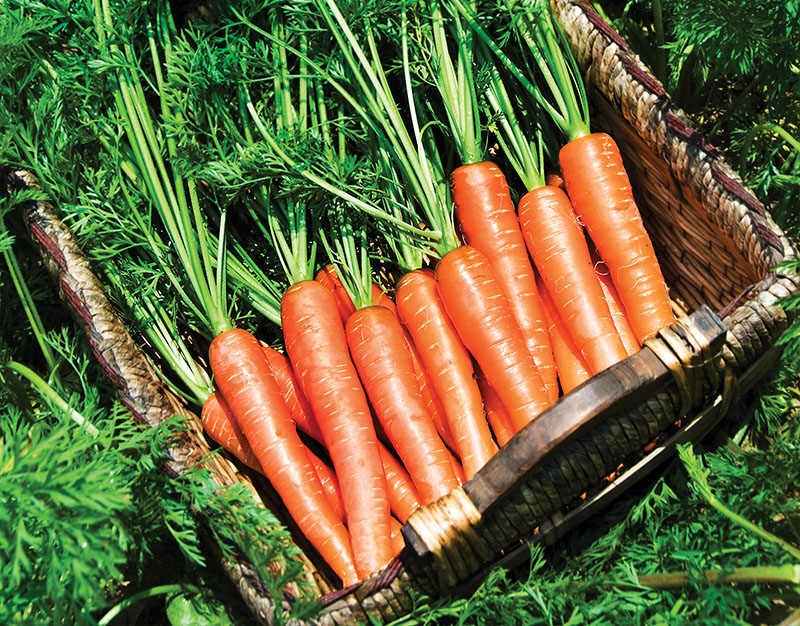
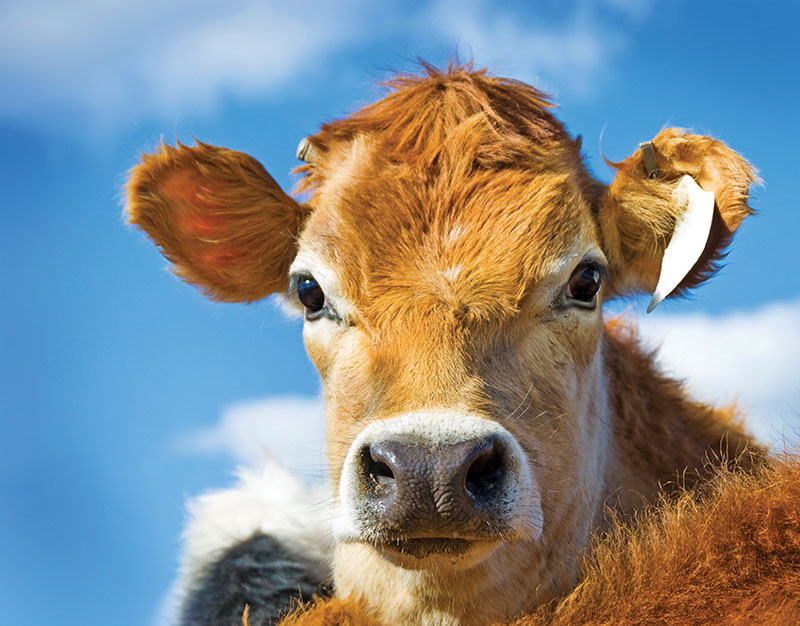
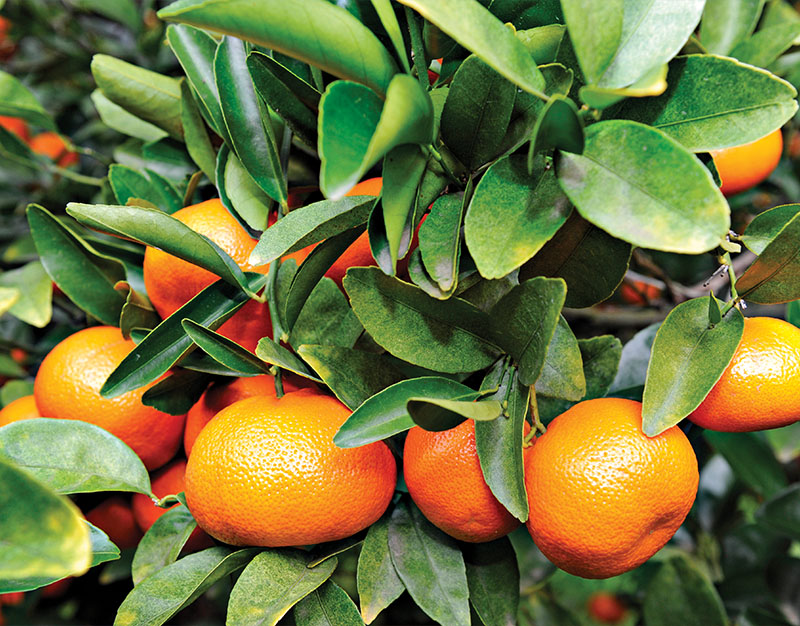
Financial Health
Financial statements 2022/2023
The Board performed well during the 2022/2023 financial year. This can be attributed to the contract with the Department of Forestry, Fisheries and the Environment (Working for Water), which has come to an end. A total of R10 331 546 was collected as a result of judicious planning and execution to complete this contract.
The following is worth mentioning in respect of the financial statements:
- The total reserves of the Board amount to:
- R 35.8 million
- R 30 million (June 2022)
- Water tax collected amounts to:
- R34.1 million
- R27.5 million (June 2022)
- Water tax revenue amounts to 74.5% of total revenue (2021/2022: 72.7%).
- Working for Water income subsidises the total income by 22.5% (2021/2022: 9.5%).
- R12.6 million was spent on consumables and consultants (2021/2022: R9 million) for the purpose of maintaining the scheme. R1 million of this expenditure was for a geohydrological study and an amount of R2.6 million was spent on products for special maintenance.
- The Board has no long-term debt.
Budget 2023/2024
- An increase of 15% was recommended.
- Total budget: R41 960 100.00.
- Water tax amounts to 82.75% of the total budget (2021/2022: 67.7%), and Working for Water income (from the previous year’s reserves) subsidises the budget with 7.1% (2021/2022: 8.2%).
No direct revenue is expected for the implementation of Department of Forestry, Fisheries and the Environment contracts.
Water tariffs for 2023/2024
An increase of 15% is recommended for water tariffs for the 2023/2024 water year.
| Description | Previous Tariffs | New Tariffs |
| Water Resource Management charge (DWS) | R216.80 | R245.60 |
| Consumptive charge on main canal and Kouga Dam (DWS) | R358.40 | R373.60 |
| Gamtoos Irrigation Board water taxes | R3259.80 | R3791.80 |
| Total (basic of 80% or less of full allocation) | R3835.00 | R4411.00 |
| Grand Total (full allocation) | R4286.58 | R4635.00 |
Working for Water
Department of Forestry, Fisheries and the Environment
The Department of Forestry, Fisheries and the Environment’s Natural Resource Management Programme contract, Working for Water, came to an end at the end of March. All staff involved have been cut. The department is waiting to complete the tender process for the new cycle. However, there is no certainty of a contract for the Board in the new cycle.
R70 million was spent during this financial year (2022/2023).
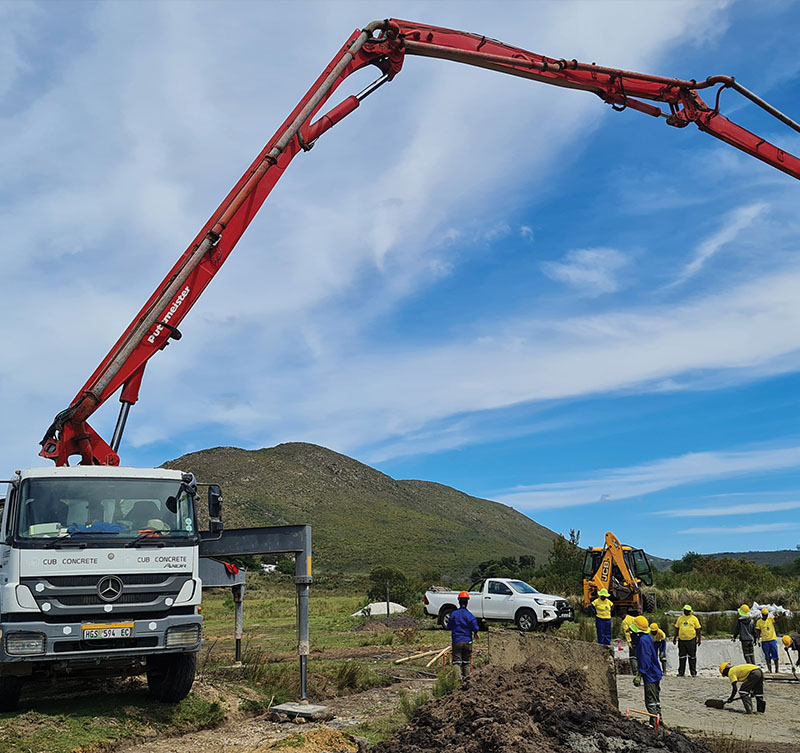
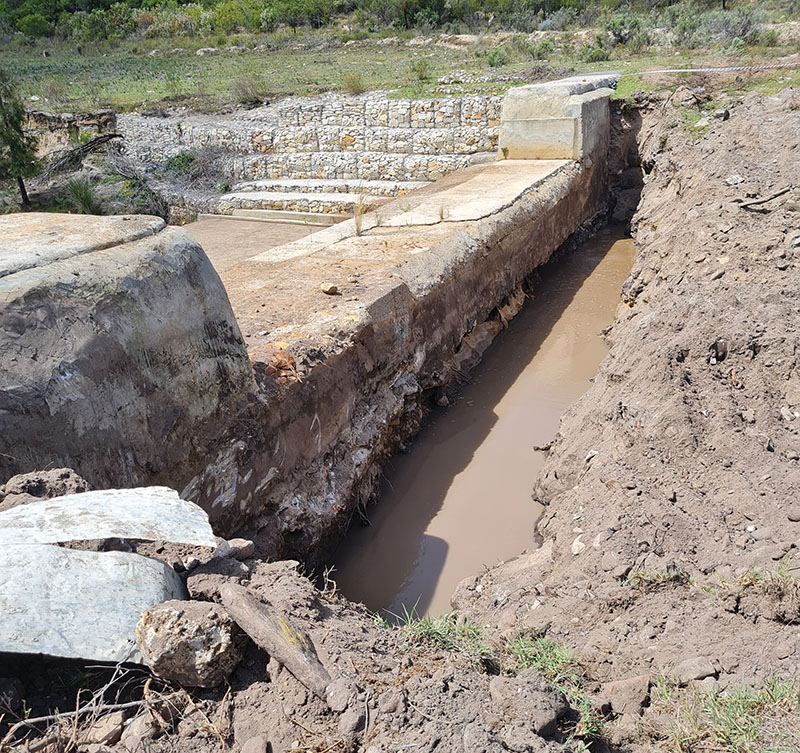

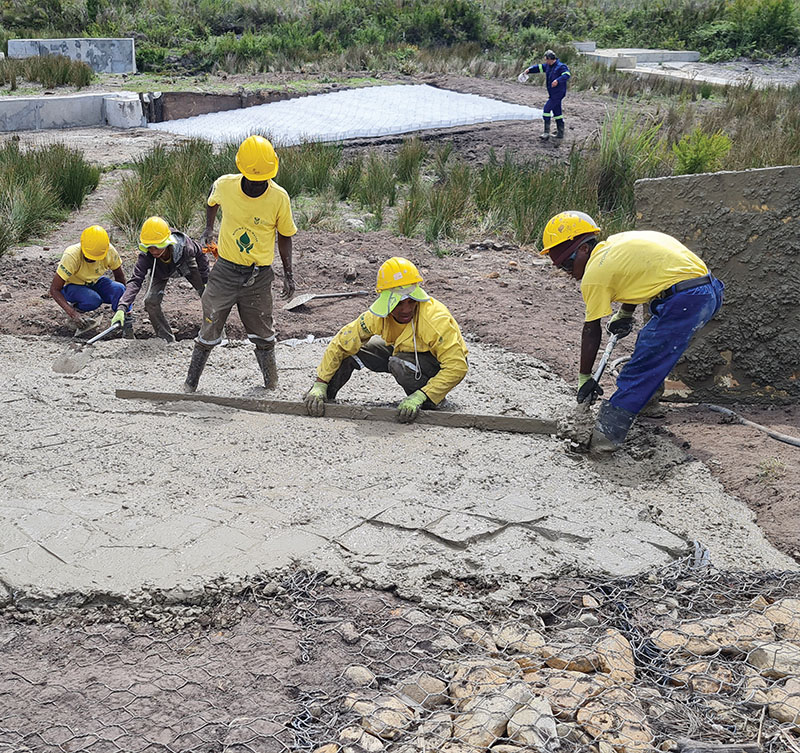
The road ahead
The spirits of our water users and staff have undoubtedly been lifted as a result of a full dam.
All our staff, from grassroots level to management, have an intense awareness of how crucial the availability of water is to the Gamtoos Valley. For every staff member who has been part of our team during the last eight years, as well as those who have joined more recently, water management is and always will be a very serious matter.
The scheme has stabilised over time, and crisis areas have been dealt with. Attention will be focused on upgrading the branch canals over the next three years.
Managing water demand is an enormous responsibility and an extremely important task. The Gamtoos Irrigation Board team is willing and eager to apply optimal water management to contribute to the viability of our water users, and, indirectly, to every resident of the Gamtoos Valley.
Service delivery is important, and we strive to serve. This includes the effective management of ground water sources, surface sources, and the canal and pipe system.
We are excited about the process of transformation into a water users association. It is a privilege to be involved with our water users in the Baviaanskloof, as well as in the Kabeljous catchment area. We are already reaping the rewards of engaging on broader platforms and building richer relationships with other stakeholders.
Involvement in this journey, as well as with our schools, clinics, sports groups and emerging farmers, is an important aspect of our survival, because “it takes a valley”. Compassion, perseverance, and being accountable to every resident of the Gamtoos Valley, Baviaanskloof and Kabeljous, are what matter to us.